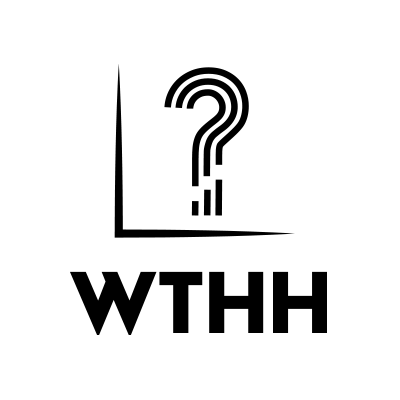Trump-Motivated Voting Re-Examined
By Adam Rapfogel
It’s happening in swing districts and states across the country: Democrats are running careful campaigns that rarely mention either Trump or the Democratic party. In Arizona, Kyrsten Sinema promises to be an “independent voice” in the Senate. In VA-02, Elaine Luria argues that “partisan politics can’t solve social security and Medicare.” And in Trump-won districts like UT-04 and ME-02, Democrats have run ads featuring prominent state Republicans offering their endorsements. Given this trend, one might expect Independents and Republicans voting for Democrats to be deciding mostly based on individual candidates. According to recent survey data, however, that does not appear to be the case. Instead, it appears that voters are motivated by a desire to check the president’s power, a desire perhaps heightened because of the controversial nature of Trump’s presidency.
Using an opt-in sample of 1,215 American adults provided by Lucid, we conducted a survey of American adults from October 24-25, which we weighted to be representative of the national adult population. Among those who either reported that they were “extremely likely” to vote or had already voted for a Democrat for the House of Representatives, about 33 percent said they were casting votes mostly in opposition to Trump. Voters casting ballots to oppose Trump were not uniformly distributed among partisan identifications, however; approximately 48 percent of Republicans, Independents, and leaners listed opposition to President Trump as the primary determinant of their vote, compared to about 25 percent of Democrats. A 23 percentage point gap is massive, and a difference this size would occur by random chance less than one in one thousand times given our sample, so it is clearly statistically significant.
Independent voters traditionally want a check on the President -- the President’s party has lost seats in the House in all but two midterm elections since the Roosevelt era -- and that dynamic certainly seems to be playing out here. Almost half of Independents, Republicans, and leaners in our sample report opposition to President Trump as the primary determinant of their vote, a clear sign that while appearing bipartisan and appealing to Independents and Republicans may be a wise political strategy to depress turnout among the Republican base, it does little to sway people to their side in most cases. Trump seems to be doing enough of that by himself.
Meanwhile, opposition to Trump does not appear to be the boon to non-voters that many Democrats hoped it would. Approximately 81% of those same likely Democratic voters in the sample voted in the 2014 midterms, while about 12% did not (another 6% were ineligible to vote in 2014 and were not included in the graph below). We found no statistically significant difference between the percentage of 2014 voters and 2014 non-voters who reported opposition to Trump as their primary motivation for voting, with about 32 percent of voters and about 28 percent of non-voters listing it as such.
While the sample size of 2014 non-voters is rather small, these findings, coupled with the breakdown by partisan identification suggest that while opposition to Trump and the historical desire of independents to want a check on the president is reaping benefits in getting existing voters to vote Democratic, something more is likely needed to turn people who historically have not voted out to the polls. Democrats will probably perform well in the midterms, at least in the House, but they need a clear, comprehensive message that relates to people in order to replicate their success in 2020. Trump will be on the ballot then, and he’ll bring his base with him. Democrats need their base to come out in the numbers it did in 2008, and railing against Trump won’t be enough to make that happen.
Adam Rapfogel is a student at Tufts University.


